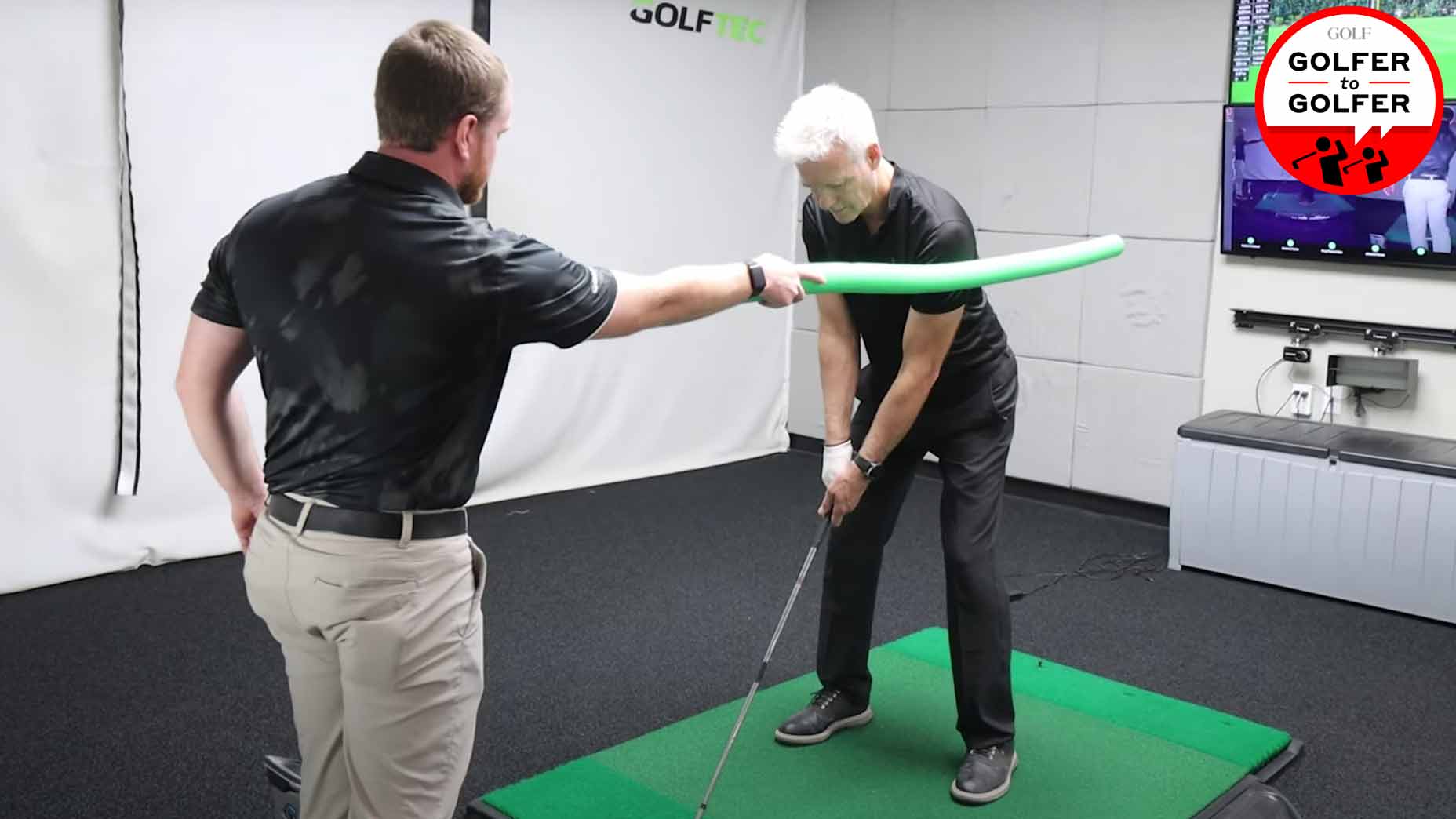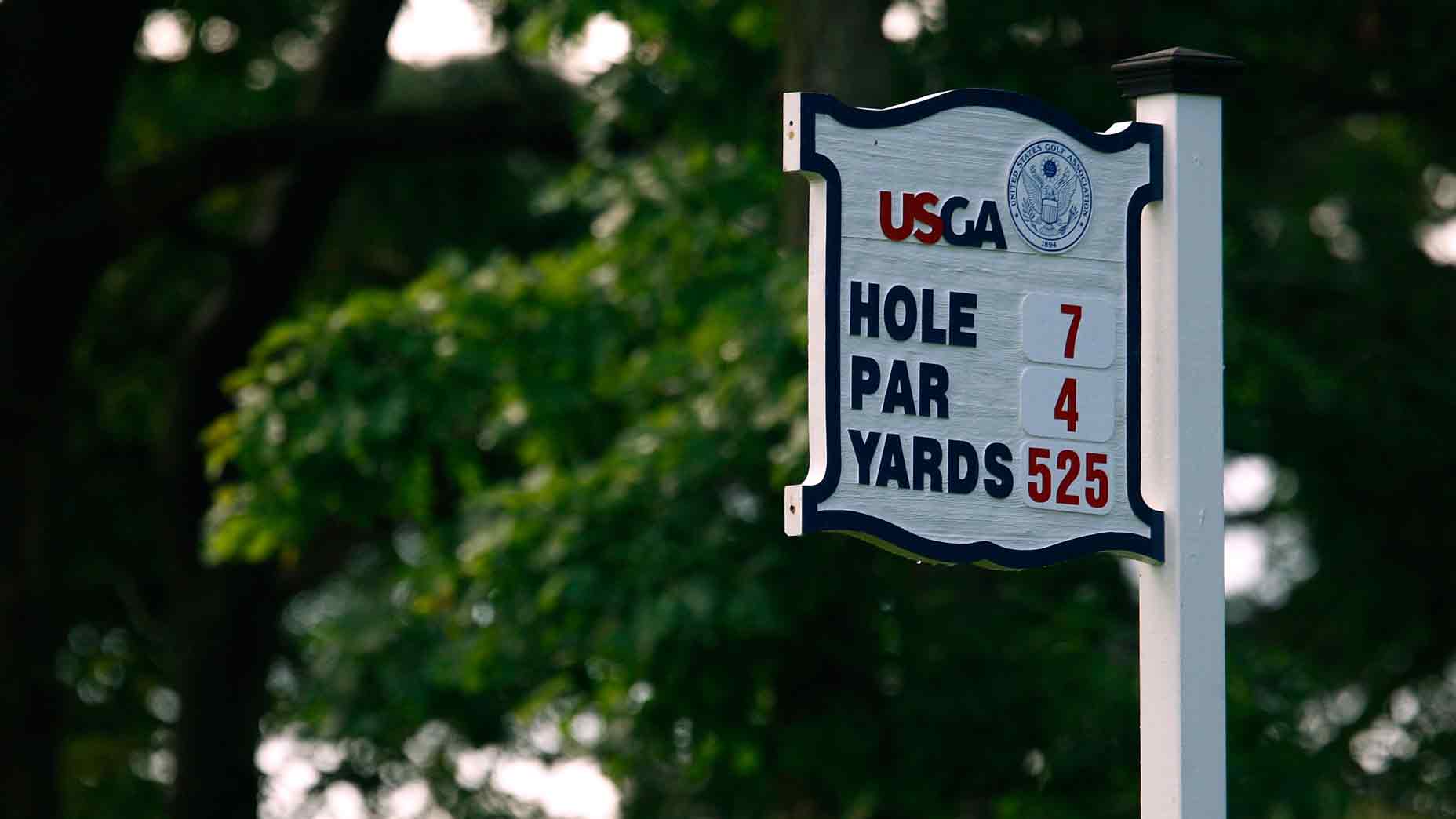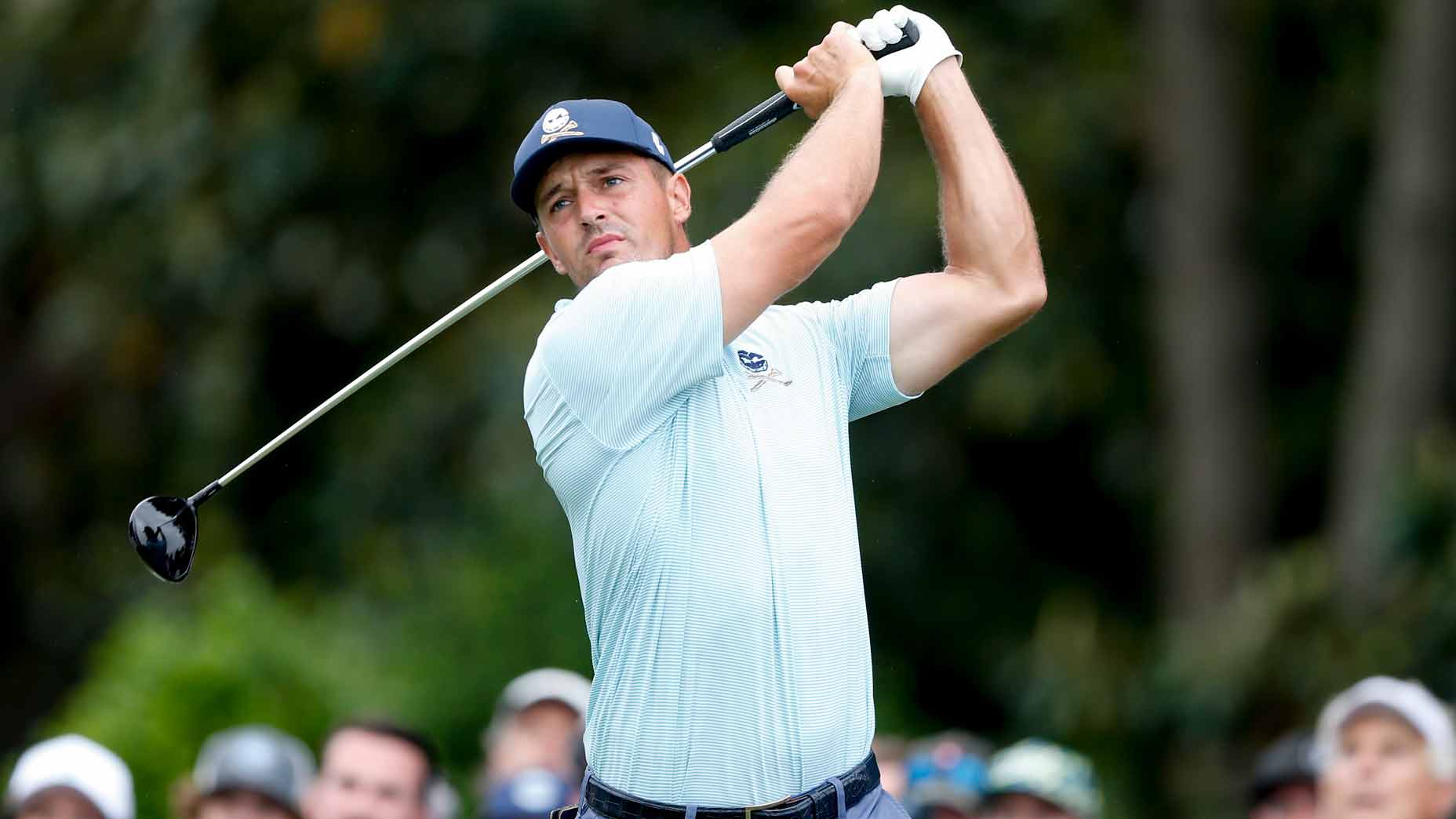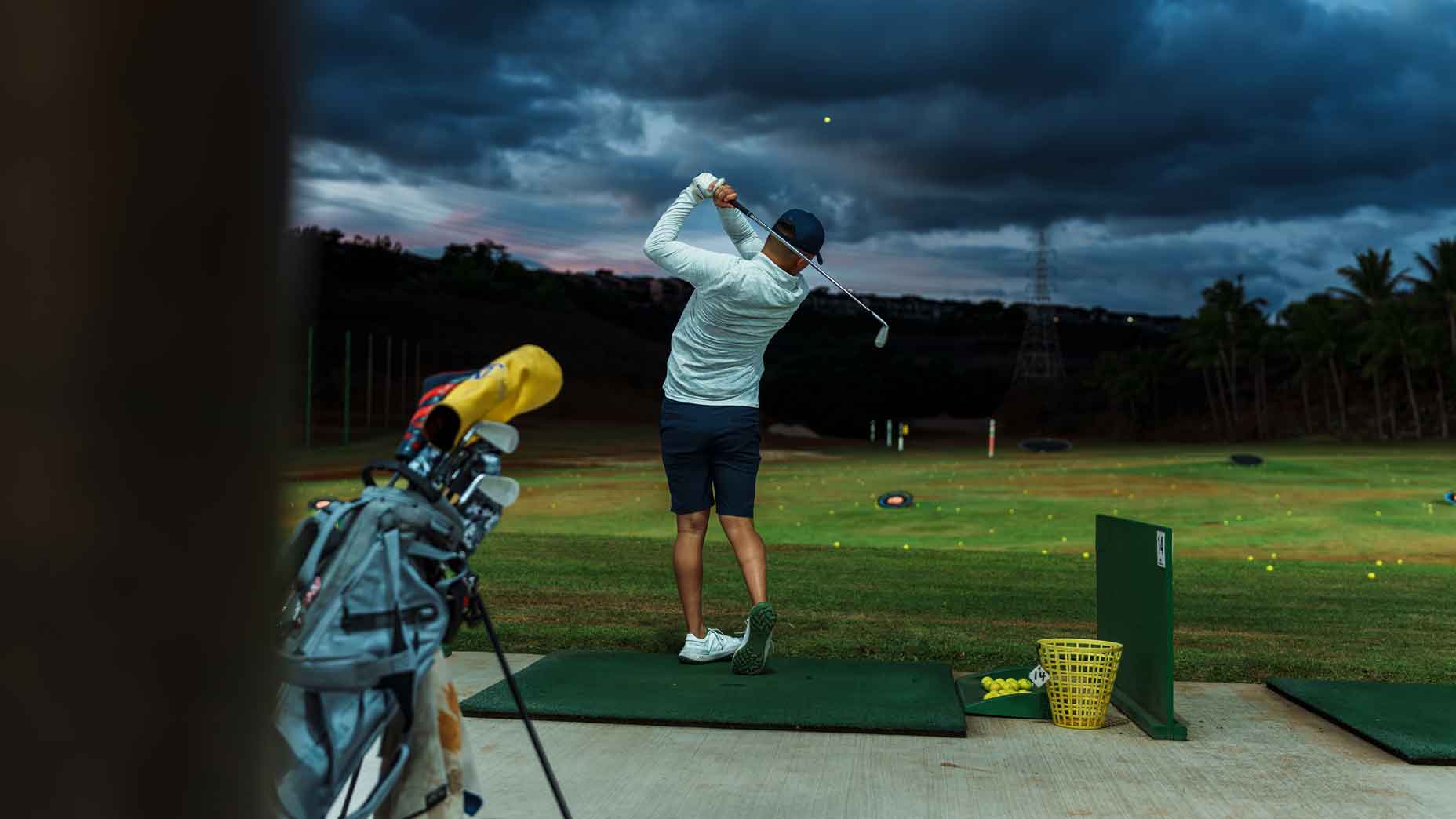The 1 mistake amateurs make before their first golf lesson
- Share on Facebook
- Share on Twitter
- Share by Email

Before your first-ever golf lesson, make sure you avoid this common mistake.
Getty Images
It wasn’t until I took this job at GOLF last year that I got my first-ever golf lesson — and, to be honest, I didn’t know what to expect.
Based in Seattle, I made the hour-long trek down to Chambers Bay to meet up with GOLF Top 100 Teacher Brian Mogg, who was going to work with me over a four-hour window. But I had no idea what the plan was going to be.
Was it full swing drills? Was it swing analysis? Was it only putting and the short game? Was he finally going to help me fix that chronic slice off the tee?
As it turned out, it was all of the above and turned into a full day (and an exhausting one at that) of hitting balls and trying to process all sorts of new information.
How this golfer fixed his slice with just 1 lessonBy: Zephyr Melton
While it was a bit intimidating to be working with a top teacher like Mogg, it was more than helpful. But one of the things I told myself on the drive down was a simple reminder: Have zero expectations.
Sure, my goal is to break 80, but that wasn’t going to instantly happen immediately after my first-ever golf lesson. And while setting expectations in life is usually a good thing, when it comes to golf, understanding that it’s a long game is important to keep your sanity.
But was this the right approach? Is there something I should’ve come prepared with to maximize my first lesson?
This got me thinking about common mistakes that mid-handicappers like myself might make leading up to a golf lesson. So I reached out to a buddy of mine, golf teacher Jackson Koert, to share some of things he often sees from amateurs prior to working with a golf coach for the first time.
Avoid this common mistake prior to your first golf lesson
“No matter what your goal is for your golf journey, when you go to your first-ever golf lesson, always go with a plan,” Koert says. “Too many times, a player investing both time and money into improving shows up without a plan for what and how they need to get better.”
According to Koert, the plan doesn’t need to be anything complex. Instead, it can be as simple as telling the golf teacher trends in your game — like frequently missing fairways with your driver or chronically 3-putting.
A 3-step plan for scoring lower on par-4s, per top teacherBy: Derek Swoboda, GOLF Teacher to Watch , Nick Dimengo
“My favorite plans are ones based on data and statistics,” Koert adds. “Things like strokes gained in certain areas of the game are always helpful, as are notes from scorecards in which you note which club, shot, or situation, costs you a stroke. Both ways will allow you to rank which area of your game needs the most improvement.”
Once a teacher like Koert understands a specific area to focus on, he’s then able to provide a realistic plan to help improve your game. But just approaching him (or any golf teacher) with the goal of wanting to improve is too broad to really define what parts of your game need the most work.
The second part that Koert focuses on with first-time students is practice availability — as in, how much time can a student commit to the new improvement plan?
“Communicating a realistic plan of practice for yourself after the lesson is massive,” he adds. “Can you practice everyday, or once a week? Or would you rather play more than you practice and sip a few cold beverages mixed in?
“Your personal plan must take into consideration how you’re going to transfer the work to the golf course. Ideally, you should never walk away from a lesson feeling like you have a new swing or six things to work on.”
While everyone’s goal is to shoot lower, Koert is quick to remind amateurs that it’s going to take time to see progress. That’s why identifying the issue(s), formulating a plan, and then committing to that plan is important — because it allows for feedback and documenting progress.
Bryson DeChambeau’s no-look drill will make you an ‘unstoppable’ ball-strikerBy: Nick Dimengo
“A good plan is one that provides feedback on any differences from before to after. This helps you track if things are improving or remaining stagnant,” Koert says. “Ideally, that begins with contact, then moves to start lines, then curvature, and lastly consistency.”
Finally, Koert reminds players to temper expectations when moving from a golf lesson to the golf course, as learning new skills takes time to adapt to.
“There’s way more that goes into shooting lower scores than seeing your old and new swing, getting a pat on the back, and venturing out onto the golf course expecting to shoot low,” he says. “If possible, have your new coach follow you on the course for a playing lesson. This helps them see you in performance mode, which allows them more opportunities to improve other aspects of your game — like course management.”
So when you’re going for your first golf lesson, go in with an open mind, a plan for getting help in the areas you need the most work, and then make a commitment based on your practice availability. By doing so, you’ll ultimately see quicker and lasting results!
Jackson Koert is the Director of Instruction at Atlantic Beach Country Club.

Voice Caddie VC4 Golf GPS
View Product
Latest In Instruction

Golf.com Contributor

Nick Dimengo
Golf.com Editor












